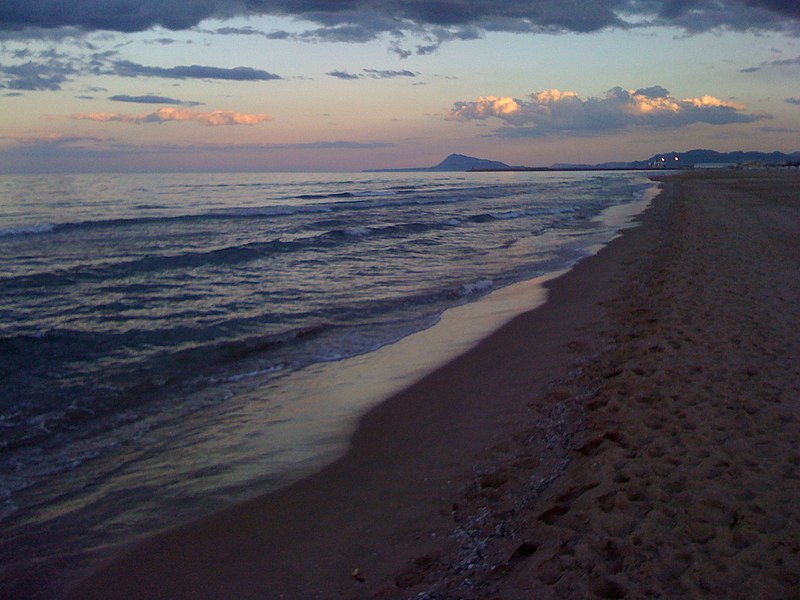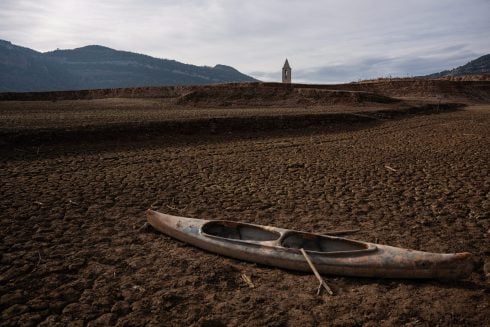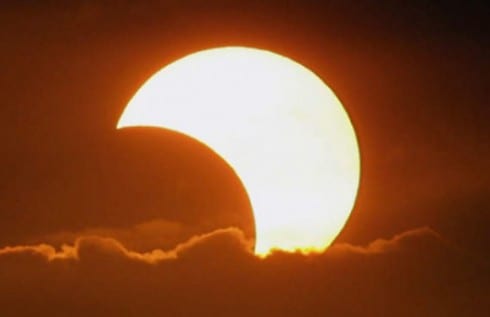THIS has been the least ‘beachy’ spring season in memory in Valencia.
In Gandia, capital of La Safor district in the south of the province, the green flag allowing swimmers to enter the sea has been raised a mere nine times between March 13 and today (April 22).
By comparison, the red flag banning bathing or the yellow one authorising swimming but with caution have flown at Gandia beach on 16 occasions each during that period.
Reasons for the restrictions include strong currents and bad weather conditions, while unusually low sea temperatures have led only the bravest and most determined to venture into the waves – when allowed.
Meanwhile, restrictions due to COVID and chilly weather have left the sand emptier than usual, in what has been the most wintry start to spring in recent years.
Thermometers averaged between five and eight degrees less than usual for this time of year while rain has been a frequent visitor, resulting in long sleeves and umbrellas being more common than shorts and t-shirts.
Lifeguards in Gandia reveal that their services have not yet been required, whereas by this point in past years – except 2020, when the beach was closed due to the pandemic – they had already performed several rescue operations in the sea.

Compounding the situation was this year’s atypical Easter holidays, with the Valencia region under perimeter lockdown.
This has prevented the arrival of large crowds from other parts of Spain, mainly Madrid, who usually rush out during the bank holiday weekend and pack out beaches along the Valencian coast as much as during the height of the summer season.
Gandia beach is the first in the Valencian Community to launch its yearly summer services, including on-duty lifeguards and all the necessary facilities to welcome visitors, which will run uninterruptedly through to the end of September.
However, the situation is expected to reverse completely when the heat finally sets in and the national state of alarm preventing national travel is dropped on May 9.
The other side of the coin is agriculture and the environment, which have benefitted from the lower temperatures and more persistent rainfall.
After an abnormally warm February, the chillier spring has prevented crops from flowering too early, eliminating the threat of being spoiled by sudden weather changes before coming into season.
Meanwhile, drought-stricken areas have welcomed the greater rainfall, with reservoirs now stocked up ready for the summer months and yearly fears concerning freshwater supplies all but forgotten.
READ MORE:
- Popular Benidorm tourist beach walkway on Spain’s Costa Blanca to get major lighting makeover
- Thousands of dangerous jellyfish swarm beaches of Spain’s Costa Blanca
- FACE MASKS: What you need to know about Spain’s new proposals for beach, pools and waterparks










